Armour in the Australian Army: Is There Something Wrong? Part 3
Share the post "Armour in the Australian Army: Is There Something Wrong? Part 3"

How does a mechanised infantry battalion work?
Let’s start with a single IFV … three crew (driver, gunner and commander), plus eight dismounts. So this is an infantry section, three IFVs plus the platoon HQ IFV. It is assumed that the section commander is also the IFV commander, as is the platoon commander.
FILE PHOTO: A simulated munition explodes next to an Australian Army Hawkei Protected Mobility Vehicle – Light during Land Trial 02-18 at the Townsville Field Training Area in north Queensland. Photo by Corporal Nunu Campos.
The concept of the IFV is that it is able to accompany Abrams tanks onto an enemy objective. What happens at this point? The tanks pursue the retreating enemy or defend against a counter-attack; the IFVs dismount their troops to secure the position.
Does the IFV commander dismount to command his section? If he does, presumably there is a spare IFV/section commander among the dismounts. If the section commander/IFV commander needs to remain in the IFV to control supporting fire, presumably the spare commander dismounts to command the infantry section on the ground.
One would imagine that a mechanised battalion has its own career progression, separate to a non-mechanised battalion, i.e. you start off as a dismount, promoted to dismount section commander, then become an IFV driver, gunner, crew commander; then platoon sergeant etc etc.
But wouldn’t it be much more effective, if the inf sections dismounted and came under command of their platoon commander …basic infantry tactics then occurred, with fire support from the AFVs being provided by AFV crews, i.e. RAAC personnel.
How do you integrate basic RAAC tank* skills, D&S, gunnery crew commanding etc, with infantry fieldcraft, to make them a single employment code? If this is not possible and it’s necessary to have two separate employment codes … why not have ECN Infantry and ECN Armour; allowing the two arms to specialise in and develop their respective strengths?
Is it possible that we are to see another failure in terms of planning, similar to that which allowed the RAAC ARES to be relegated to a dismounted role (as the new AFVs are too complex for them to operate)? How incredible is the thinking here? Turn ARA infantry into RAAC personnel and ARES RAAC personnel into infantry. Why not allocate relatively easy to operate vehicles such as HAWKEI to the RAAC ARES to enable them to develop reconnaissance skills and allow them to integrate with ARA cavalry squadrons (not only as ‘dismounts’).
*P.S. The IFV in the British Army is referred to as a ‘medium tank’.
.
READ MORE ON THIS TOPIC: HERE
.
.
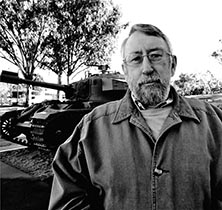
Bruce Cameron served in the Australian Army for 19 years, commanded the last troop of tanks in action in Vietnam and attend the UK’s Long Armour Infantry Course and Royal Military College of Science, as well as the Australian Command and Staff College. In his last appointment, Bruce contributed to developing the Army’s future ground mobility requirements. He left the Army in 1987 for the Office of Defence Production. Now retired, Bruce lives in Canberra with wife Jasmine. He published a book – Canister! On! Fire! Australian tank operations in Vietnam – in 2012.
.
.
.
.
.
.
.

.
.
Share the post "Armour in the Australian Army: Is There Something Wrong? Part 3"

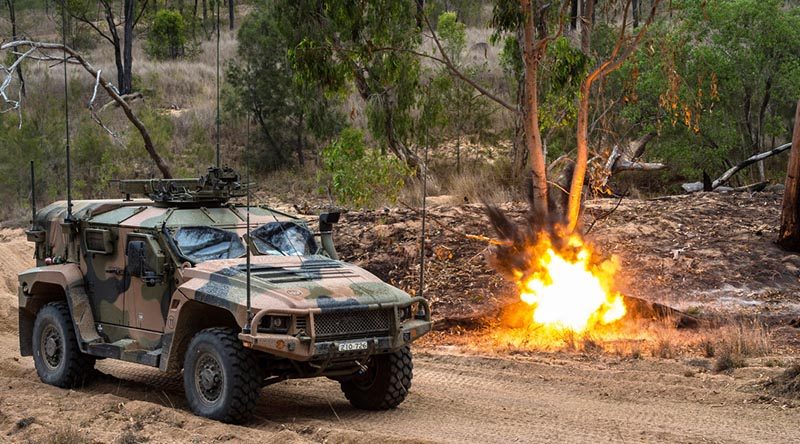

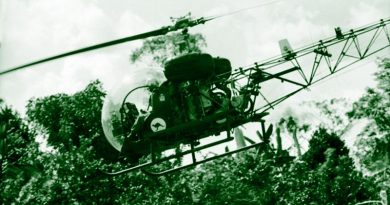
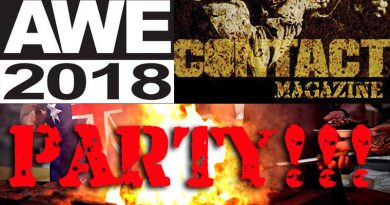
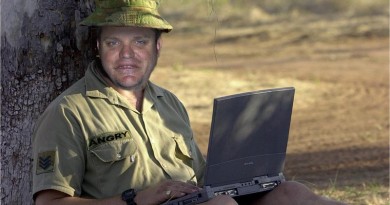
Some ARES Cav units ( I.e. 4/19 PWLH) currently operate the Bushmaster PMV already so your concept of giving them simpler vehicles such as the Hawkei is already occurring.
The mechanised battalion structure had the section 2IC or a PTE soldier commanding the section vehicle and a Mech CPL commanding the PL COMDs platform. Once a platoon is in the assault, the section and platoon commanders dismount to control the fight. The vehicles are coordinated by the Mech CPL under direction of the PL commander.
Career progression included normal infantry progression but members could specialise as driver/commander the same as you could specialise as a sniper, mortar number or reconnaissance patrolman. A mechanised specialist will still need to maintain rifleman skills so that they can transition as required by unit manning.
Armoured corps operates differently to infantry and integration in an infantry battalion has its challenges including command structures when mounted or dismounted. By maintaining infantry crew members it negates those integration difficulties and command structures are clearly defined. Additionally, having 343 qualified crew aligns thought processes so they keep their “dismounted hat” on while operating vehicles. They know from experience what is happening on the ground from experience.
Bruce Cameron makes a very relevant comment – but I think we are all missing the point of what the Army’s planners are trying to achieve – without stating it – they want Mechanized Infantry units with wheeled armoured vehicles operated by Infantry personnel, and the Armoured Cavalry Regiments with tracked armoured vehicles operated by RAAC personnel – not much has changed in that regard. Infantry will retain their Skills based ECN and Armour will retain their Skills based ECN.
Bruce’s point about ARES Armoured units being issued with Hawkei – a very sensible suggestion – makes you wonder why it came from someone based in Canberra actually….
these Rheinmetall Weasels are needed for recce https://www.youtube.com/watch?v=DiE1v-mgPUM
No problem at all of MECHANIZED INFANTRY . We have 33years of history of mechanized infantry when we had the 5/7 Battalion Royal Australian Regiment were infantry controled and maned M113A1’s with our own tactics .
And for the record while we only had 1Mechanized Battalion before all current deployments we now have 3 Mechanized Battalions now doing the work of what 5/7 Bn RAR started
As a former RAAC officer from way back I had the benefit of seeing the British, US, German and Beluim armoured units first hand and they learned how to successfully utilise mechanised infantry ages ago. All of the issues raised in this article have been well and truly addressed and perfected.
It appears the Australian army has a tendency to highlight the negatives of armour rather than embrace the benefits. By mechanising the infantry they will develop and hone skills in armoured warfare and work mor effectively than at present. Yes they will need to develop new skills but surely that is s good thing.
I look forward to the day when we also have SP Artillery.
The old debate, infantry crews versed Armoured. I think we need to get away from the concept of Mechanised infantry and the battlefield taxi tactics of the M113. The IFV will bring in a new concept that is generally called armored infantry and indigrates a closer use of the vehicle as a part of the section. If we split the skills into infantry and armoured, then we split control of the vehicle into who commands it when the troops are mounted/dismounted. In today’s section with each man having a personal radio, it is quite possible for a mounted commander to control his troops. Alternatively, we can go to the concept where the Section 2IC commands the vehicle and the Section Commander travels with the section in overall command. We need to stop introducing a new capability and shaping it to fit old tactics and ‘tribal’ corps career paths.